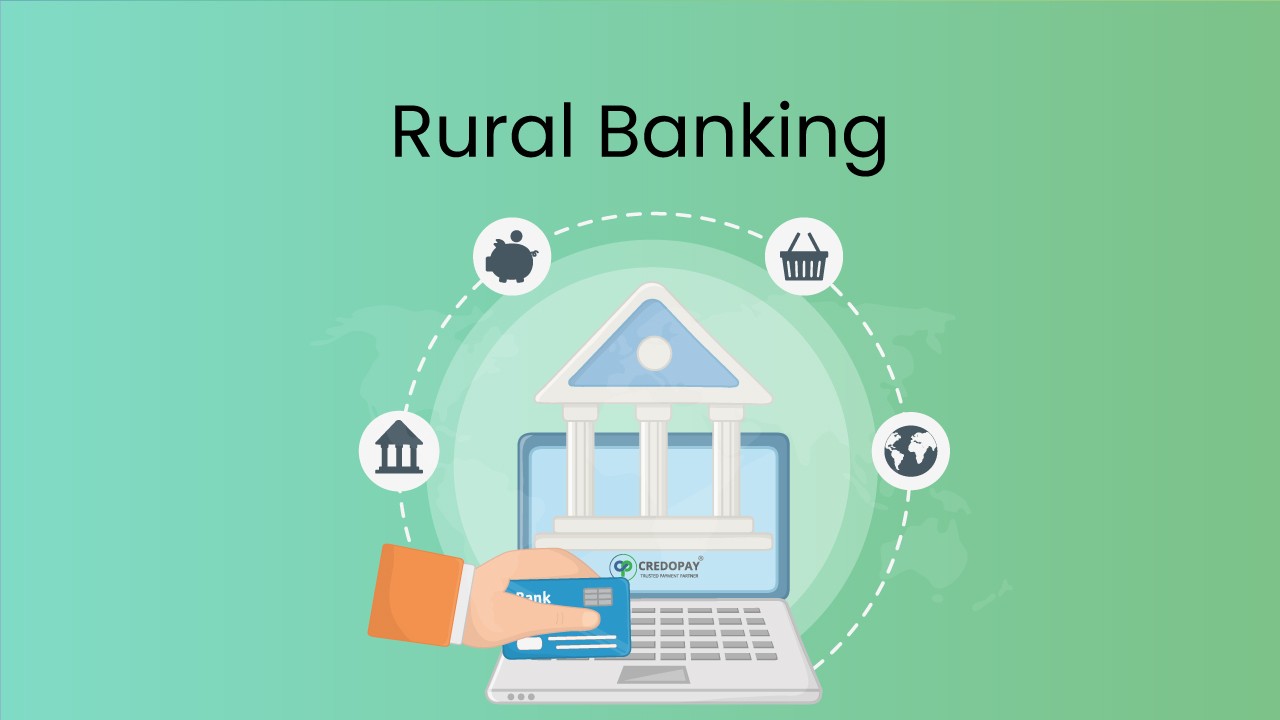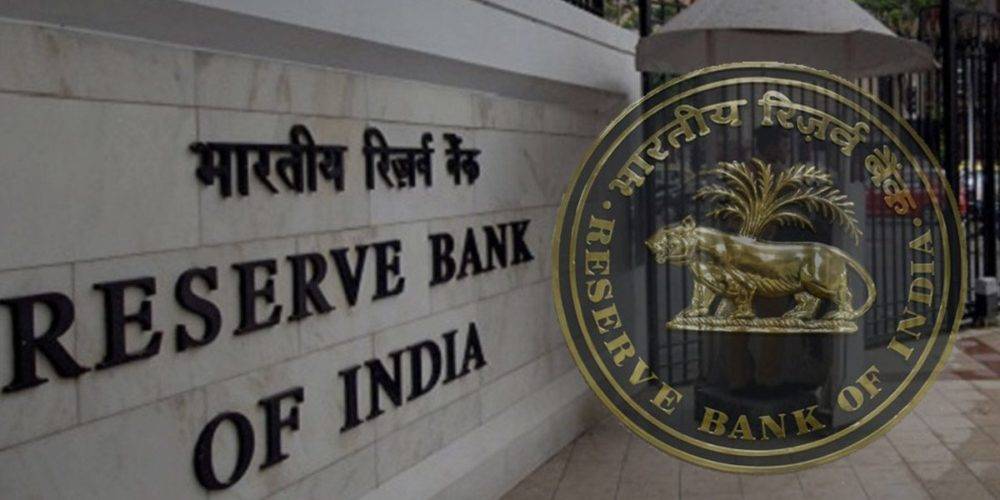Rural banking is a critical component of the financial system, providing essential services to the rural population. However, rural banks face a number of challenges that hinder their ability to effectively serve their customers.

Challenges
- Geographical spread: Rural areas are often geographically dispersed, making it difficult for banks to establish and maintain branches. This can lead to long distances for customers to travel to access banking services.
- Infrastructure: Rural areas may lack adequate infrastructure, such as roads and electricity, which can make it difficult for banks to operate efficiently.
- Literacy: Low levels of literacy among the rural population can make it difficult for customers to understand banking products and services.
- Financial literacy: Many rural customers lack financial literacy, which can lead to poor decision-making and financial exploitation.
- Risk perception: Banks may perceive rural customers as high-risk borrowers, which can lead to limited access to credit.
- Competition: Rural banks often face competition from informal lenders, who may offer higher interest rates and less stringent lending criteria.
Opportunities
Despite these challenges, there are a number of opportunities for rural banks to improve their services and reach more customers.
- Technology: Technology can help to overcome some of the geographical and infrastructure challenges faced by rural banks. For example, mobile banking and digital financial services can make it easier for customers to access banking services.
- Partnerships: Partnerships with other organizations, such as NGOs and government agencies, can help rural banks to reach more customers and provide additional services.
- Financial literacy: Rural banks can play a role in improving financial literacy among their customers by offering training programs and educational materials.
- Product innovation: Rural banks can develop innovative products and services that meet the specific needs of their customers. For example, they may offer microfinance loans, crop insurance, and savings products tailored to the needs of rural households.
Conclusion
Rural banking is a vital sector that plays a crucial role in the economic development of rural areas. By addressing the challenges and capitalizing on the opportunities, rural banks can help to improve the financial well-being of the rural population.



